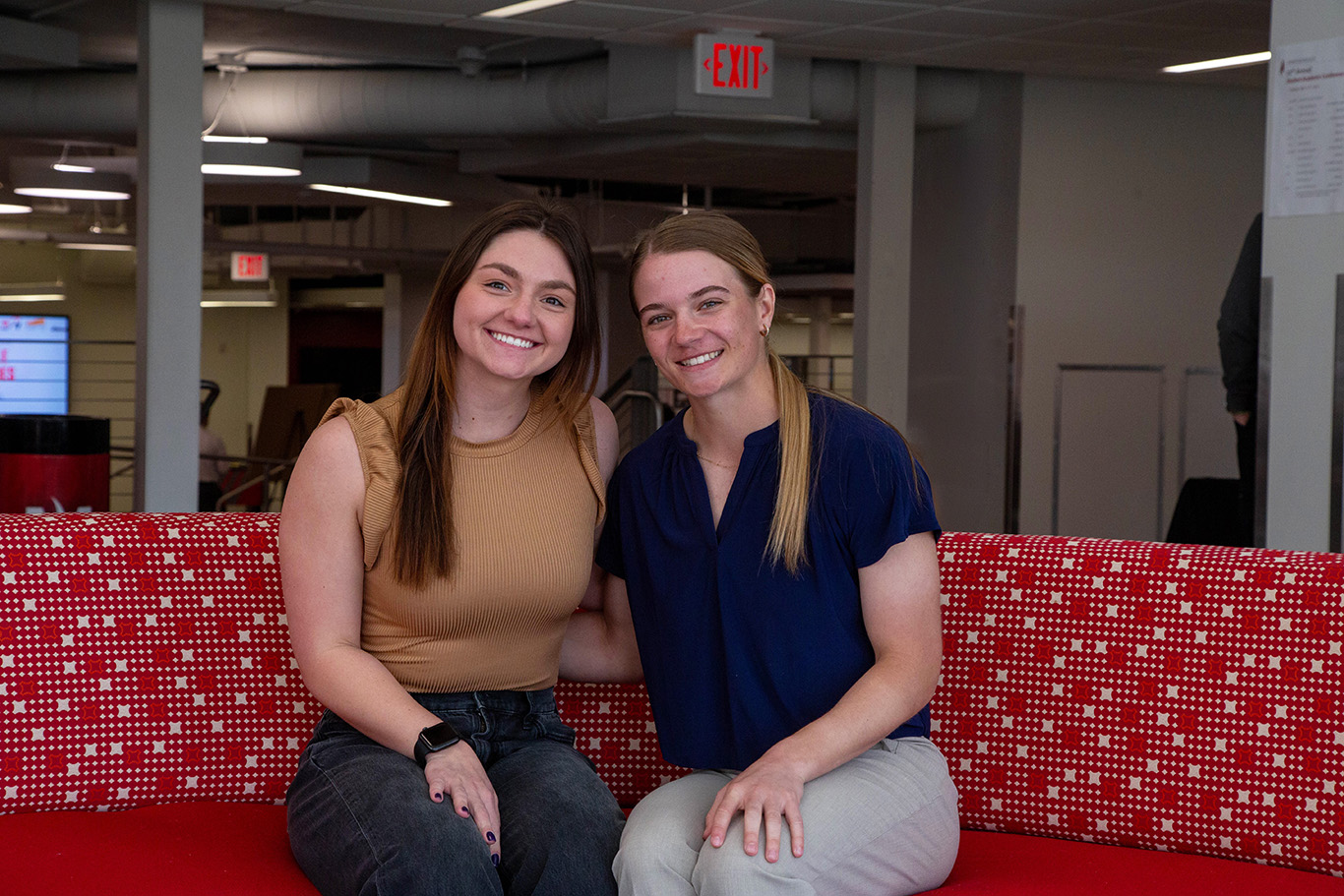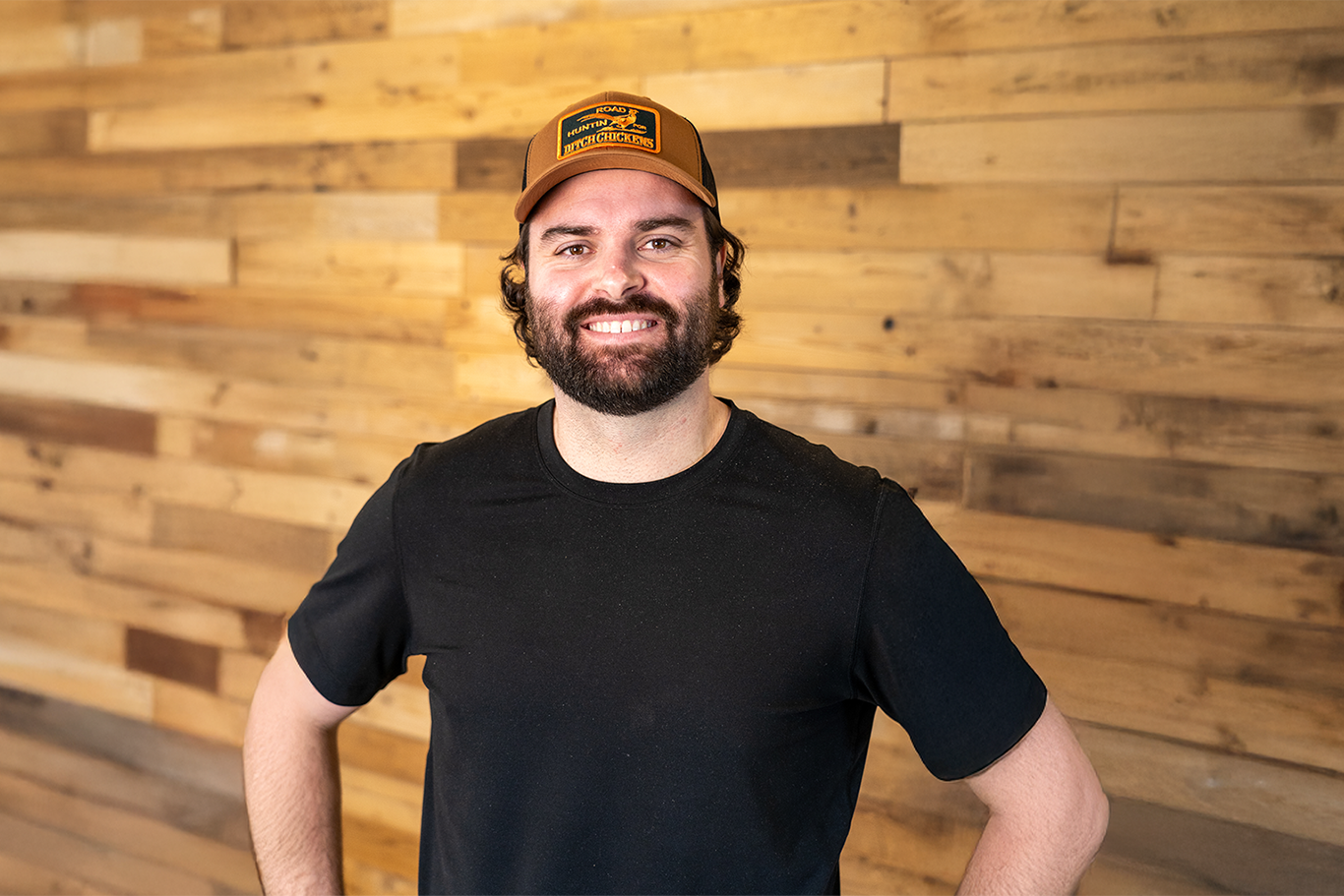Unique research charges innovation in green energy
Claire Nemmers was focused on joining collegiate tennis when she toured Minnesota State University Moorhead, but it was ultimately the campus that drew her in.
"There's the popular phrase 'when you know, you know' and when I arrived on campus I knew," she says. "Tennis may be what drew me here, but the campus is what made me want to stay."
Claire is now a senior at MSUM, studying Engineering Physics, and is hoping to use her degree to impact the environment and advocate for more sustainability in the energy sector; something she's been interested in since she was little.
"I remember being a kid riding in the car with my dad, who is a civil engineer. We would always talk about how things work," she says.
In the fall of 2023, Claire got the opportunity to start researching with her professor, Dr. Ananda Shastri, on the topic of renewable energy. Their research was focused on creating batteries that could support sustainable power infrastructure.
Wind and solar power have been at the forefront of renewable energy for years, with both energy sources producing nearly zero carbon emissions, but they still have their challenges. For both alternatives, there are times of inactivity, meaning they don't generate power. Solar panels require the sun and are inactive at night, and wind turbines require wind, meaning on calm days they are unable to operate.
"Tennis may be what drew me here, but the campus is what made me want to stay." — Claire Nemmers
To counteract these periods, both are typically connected to batteries that store energy for when the sources are inactive. Scaling these batteries to the grid scale (being big enough to power a city) has been a research topic as of late, as it comes with its own unique set of challenges.
"Batteries are traditionally made from lithium, but lithium isn't as abundant as other materials," Claire says.
The energy in lithium batteries are also stored in liquid form, which presents a fire hazard, which could be catastrophic to a city's energy supply.
Claire and Dr. Shastri studied the composition and testing of solid-state sodium electrolytes (composed like glass). Sodium is more abundant than lithium and storing energy in a solid would be safer than the liquid alternative.
Claire continued this research into the summer by her and Shastri applying to the visiting faculty program through the Department of Energy, which landed both of them at Iowa State University for the summer. Claire was able to work with the Ames National Laboratory and the Department of Energy to continue her research, by actually conducting tests of solid-state sodium electrolytes, and even furthering her education by learning something completely new.
"I was able to work with a group that was doing Nuclear Magnetic Resonance, which is a whole new concept I was able to learn about," she says.
"One-on-one research with your professor is something I don't think I would have gotten at a bigger university." — Claire Nemmers
Not only was she able to learn and research more, but over the summer she was able to grow outside of her comfort zone to work in a group, instead of the one-on-one research she was accustomed to. This instilled in Claire the ability to ask questions and persevere, as she had to work through these newfound challenges.
Researching with her professor for a year prior helped her be confident over the summer, and that experience is one that she sees as unique to schools like MSUM.
"One-on-one research with your professor is something I don't think I would have gotten at a bigger university," she says.
While Claire is looking forward to graduation in the spring, she wants to uplift unique research experiences like hers to encourage students of the opportunities they have at MSU Moorhead.
"It's important that we get news of these opportunities out there so students know what is available to them," she says.
Engineering Physics Degree
This major develops mathematical, modeling, computational and lab skills that are applicable to a wide variety of engineering-related interests, including the creation of new technology.
Learn more about Engineering Physics


